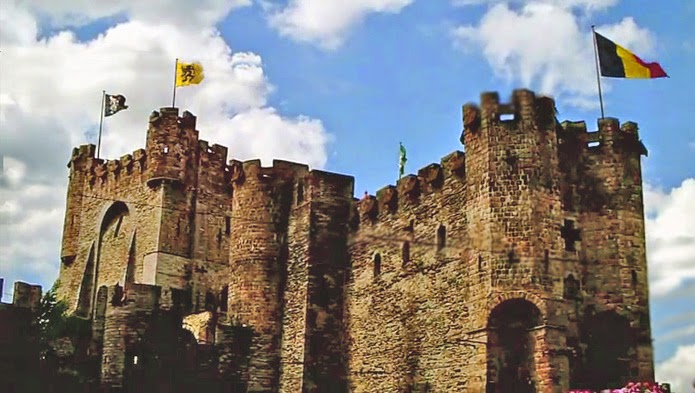If the mention of a place can bring to mind a season, then St Petersburg conjures up winter - deepest winter. Snow-covered statues, breath rising in clouds and the Winter Palace seen through mist across the frozen River Neva.
Winter is not an easy time to visit Russia - the biting cold might restrict your sightseeing - but it is the time of year that defines both the city and the Russian people. It is nlso the season when the tsars used to visit St Petersburg. The Winter Palace was built to house and amuse the Russian royal family during the long dark winter months. From inside you can gaze out upon the same frosty scenes that Catherine the Great once saw, the views distorted by a covering of ice on the windows. St Petersburg was founded by Peter the Great in 1703, and the Winter Palace was completed in 1762. The founding of a European-style city on the western border of the country, and the moving of the capital from 'Asiatic' Moscow in the east, marked a Europeanization of Russia. The House of Romanov became one of the great ruling dynasties of Europe, rivalling even the Bourbons and the Habsburgs. The Winter Palace is probably their greatest creation.
St Petersburg itself has been at the centre of European history for 300 years. Revolution was fermented in the city, and the tsars were overthrown when the Bolsheviks stormed the Winter Palace in 1917, ushering in more than 70 years of Communism for Russia. St Petersburg was renamed Leningrad by the new regime and became one of the bulwarks that held up the spread of Nazism during the Second World War; a heroic defence that saw the city all but destroyed. Reverting to the old name of St Petersburg following the fall of Communism was a gesture that marked the demise of the old Soviet Union and the re-emergence of Russia.
Throughout all this history, the Winter Palace has endured. It is a massive structure, stretching some 200 metres along the riverfront. Other buildings, notabCy the Hermitage and the Hermitage Theatre, were added by Catherine the Great, a ruler whose excesses and love of power were to help to bring about revolution and the end of a dynasty.
A palpable sense of history pervades every part of the Winter Palace. It is easy to imagine the Russian royal family residing here, cocooned from the harsh realities of daily life experienced by most of their subjects. Or the monk Rasputin, who held such sway over Tsar Nicholas's wife. Alexandra. that he was poisoned the year before the dynasty fell. One can also imagine the amazement of the Bolsheviks who stormed the palace in 1917, seeing for the first time the opulence in which their rulers lived.
The Hermitage is notable among the riches of the Winter Palace, housing one of the greatest collections of art in the world – an astonishing 2.8 million exhibits. Get there early and you could have works by Monet or Picasso all to yourself.
Despite the Byzantine paperwork required to get a visa, St Petersburg is a relatively easy city to visit. Seemingly unaffected by the long years of Communism, it retains the atmosphere of imperial Russia, especially during the long hard winters when, like the tsars of old, you can seek refuge from the cold amid the warmth and grace of the Winter Palace.
INFO
Although Communism has long since gone. the visa application process has changed little. It is time consuming and there is a lot of paperwork. A visa agency will help to smooth the process. A number of European airlines fly to St Petersburg. Alternatively, you can take the train through Europe. The city is well served by rail connections and it is possible to get a train all the way to Vladivostok or even Beijing. Try to book a central hotel- the city is big and spread out and you will maximize your sightseeing by minimizing travel time. Intourist, the old state travel company, can organize hotels and tours. The metro is an interesting experience and very efficient. but keep track of where you are - station signs are difficult to read and it is easy to miss your stop.






















































